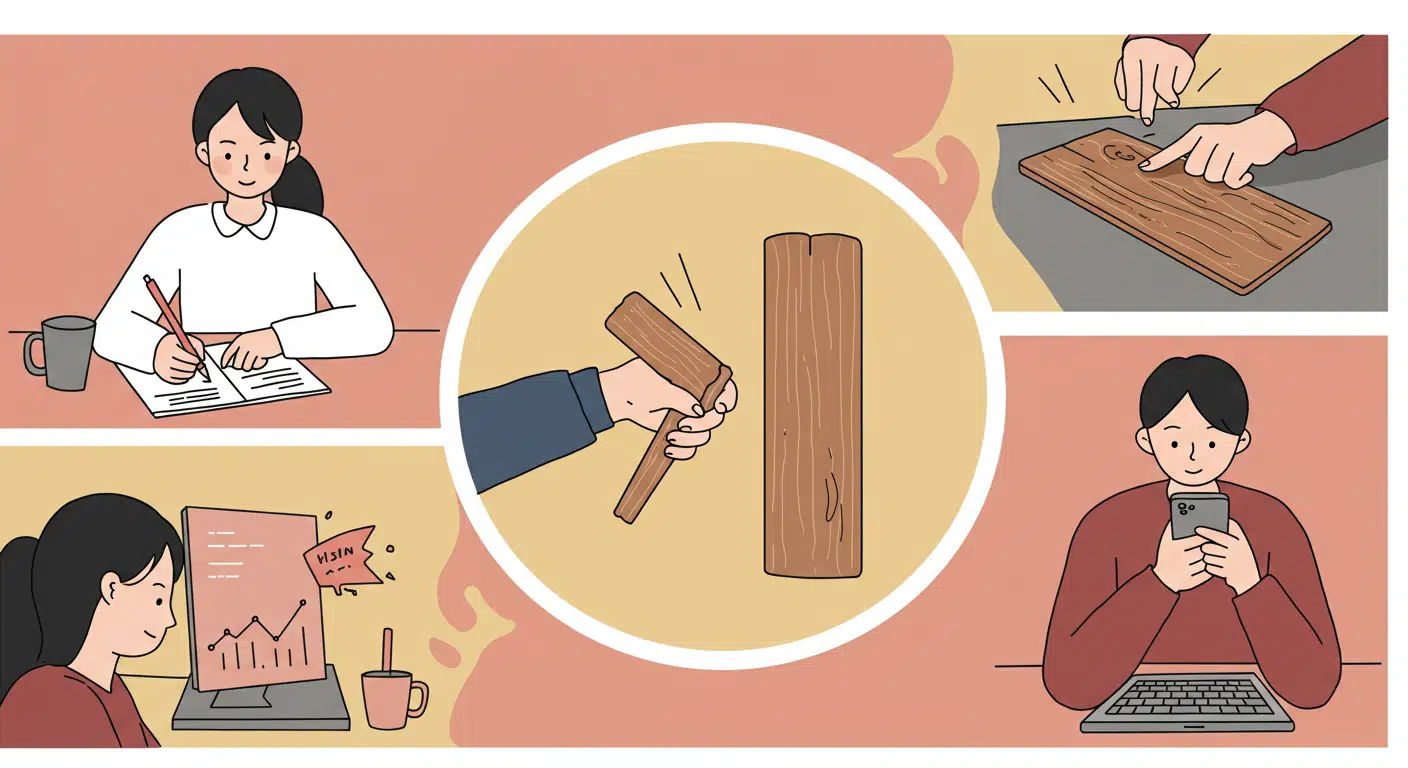This folk remedy involves assembling three items believed to hold protective powers: a shoot from the oleaster plant (a hardy shrub often associated with vitality), the dried excrement of a stork (symbolic in many cultures for purity or transformation), and a blue bead (a widely recognized talisman against the evil eye). These three elements are tied together with a string or thread and placed discreetly under the armpit of a person believed to be at risk of attracting harmful gazes. The ritual is often used for children or vulnerable individuals. While the sensory characteristics—such as the smell of dried stork excrement or the weight of the charm—may be unpleasant, the combination is thought to confuse, deflect, or neutralize malicious attention. Blue beads are traditionally linked to eye imagery and have been used across multiple cultures in protection rituals. The positioning under the armpit may relate to concealing the charm or placing it close to the body’s energy center.

A baby’s future career or fate is predicted by the first object they select during a ceremonial setup.
In several Asian and Eastern European cultures, a traditional ceremony is held for babies usually around their first birthday. Known


